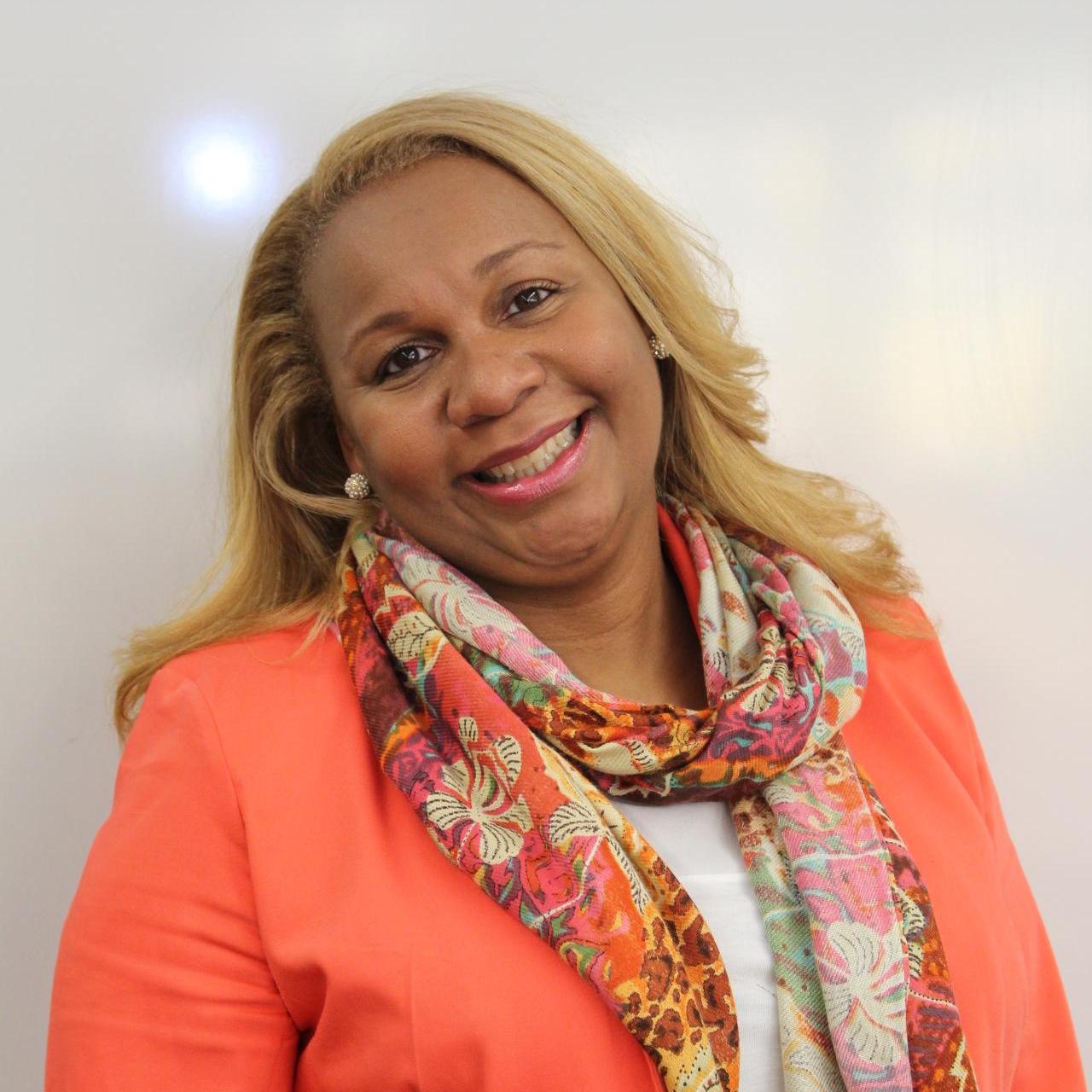New York City Schools Chancellor Meisha Porter got a hearty welcome home from about 200 South Bronx parents and educators Monday at a District 7 town hall meeting that showcased the community’s nervousness and eagerness for students to fully return to in-person learning this fall.
“What I’ve seen is nothing [that] replaces the interaction between a student and a teacher in a classroom,” said Porter, a Bronx educator of 20 years and resident of the borough. She was appointed schools chancellor in March following the surprise resignation of Richard A. Carranza.
Community members submitted their questions and concerns prior to the online session, which Porter and members of the District 7 Community Education Council addressed one by one.
Many attendees indicated their interest in what learning will be like in the fall. Porter said the Department of Education’s current plan is to have all students back in-person, but this will be entirely dependent on the health and safety guidelines issued by experts.
Still, Porter said, New York City classrooms are among the safest places to be in the city when it comes to contracting COVID-19. Transmission rates have remained very low in New York City classrooms even as the Department of Education has moved to welcome more students back to in-person learning last month.
“I think our students need to be in-person. I think we need to be back in school. Not in the way we were before, but in reshaping what our new normal school should be,” Porter said, explaining that the Department of Education and District 7 are working hard to make this happen.
While many questions centered on in-person options for the fall, others touched on what sort of things are being done to prepare students socially, emotionally and academically to return to the classroom after 18 months of remote instruction.
Porter acknowledged that the past months have been extremely difficult for students, families and educators — for everyone within the educational sphere. New York’s public school system, the nation’s largest, was the first big city district to resume in-person learning in October, but reversed back to remote learning shortly after as COVID-19 cases began to tick back up.
Elementary schools reopened again for some in-person learning on Dec. 7, followed by middle schoolers on Feb. 25 and high schoolers on March 22. Still, many families have kept their students learning remotely.
“We have to make sure we have welcoming and affirming environments for our students to return to,” Porter said. “We have to ensure that we have high expectations for teaching and learning of students and we have to make sure students see themselves in the curriculums they experience every day.”
She explained the district intends to do this by building strong academic programs, leveraging the city’s summer program, Summer Rising, as a gateway back to school and by recruiting teachers that mirror the diversity of their students.
“As a school district with 85% students of color, I know how important it is to have teachers and mentors that reflect that diversity as well, and so we are going to continue to recruit male teachers of color through NYC Men Teach and other avenues,” she explained.
Technology and the gains the district made over the past months to get devices into the hands of students and expand Wi-Fi access in the South Bronx are also going to play a key part in the upcoming school year.
Porter said this year has shown “without a shadow of a doubt” just how important it is for students to have access to these devices. She praised Ralph Alvarez, District 7 community superintendent, for advocating for students to get access to technology.
“In District 7 there is an expectation that we aren’t going back into the stone age like the Flintstones, we are going forward like the Jetsons,” Alvarez said, explaining that the district intends to make sure students will continue to be able to utilize these devices in the years to come.
Despite community and Department of Education efforts to make sure students were given access to the tools needed so they could participate in remote learning, the distribution of devices and roll out of Wi-Fi has been rocky. Remote instruction has not been easy on families and educators and attendance rates have been down overall this year.
Porter acknowledged that no students have been immune from the challenges of remote instruction. She said leaders are working hard to address these gaps and encouraged families to reach out to their schools about their concerns.
“Many students experienced a level of loss,” Porter said. “We want to put that loss away and we want to focus on what we learned in the pandemic, what students learned in the pandemic and how we build on what they learned to make them stronger, better, smarter and more ready to engage in learning in their classrooms.”

